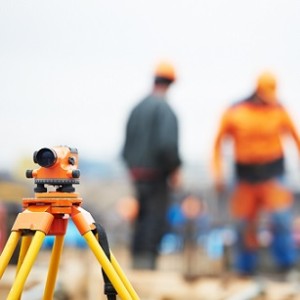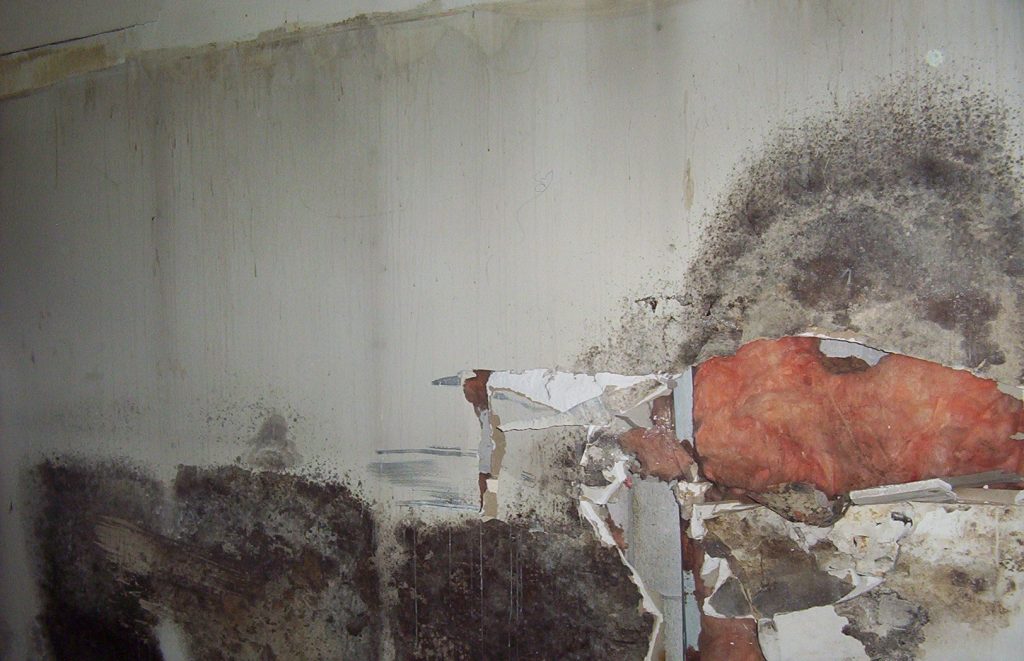Designated Substances
Toronto Inspection Ltd. conducts site visits to identify the presence of designated substances, such as asbestos, lead, mercury, mold and silica as defined under section 30 of the Occupational Health and Safety Act. During the site visit, where warranted, samples are collected in a cost effective manner for testing and confirmation of the said designate substance. The information and results are presented in a well defined report.

Asbestos
Asbestos is a naturally occurring material that was used in building construction starting from the 1950s until the 1970s. Asbestos has properties such as strength and being flame retardant that made it desirable for construction. It was commonly used in the construction of roofing materials, insulation, caulking, plastics and vinyl floor tiles. According to Environment Canada, asbestos is a commercial term given to naturally occurring minerals that are incombustible and separable into filaments that when breathed in over a period of time can be cancer causing. Health Canada has encouraged provincial occupational health authorities to adopt strict exposure limits.
Asbestos is most dangerous as a health risk when airborne and hence a risk to human health. Prior to demolition, restoration, or construction projects, an assessment of suspected asbestos-containing materials should be carried out. Toronto Inspection Ltd.’s experienced professionals can assess a building structure for the presence of asbestos and offer advice and support for abatement and safe removal of asbestos-containing materials.
Mould

Mould is the name of various species of fungi that are part of our natural surroundings. According to Health Canada mould is one of the most commonly found air pollutants that a result of high levels of moisture within a building structure. Mould may grow on several types of material surfaces such as wood, tiles, drywall etc. Mould assessments may be required to identify the concentrations of spores in a buildings breathing space, and both the sources and causes of the mould growth.
Toronto Inspection Ltd.’s experienced professionals can assess a building structure for the presence of mould. Furthermore, our staff offer support during mould removal as well as post-removal monitoring and testing.
Toronto Inspection Ltd. has completed numerous Indoor Air Quality (IAQ) assessments. Sources of indoor airborne contaminants include dust/dirt in the HVAC system, indoor tobacco smoking, painting, cooking, laser printing and off-gassing of volatiles from carpets or furniture. Common types of contaminants are carbon monoxide, microbes, particulates, volatile organic compounds. Furthermore comfort parameters such as temperature, oxygen levels and relative humidity are also assessed during an IAQ study.
